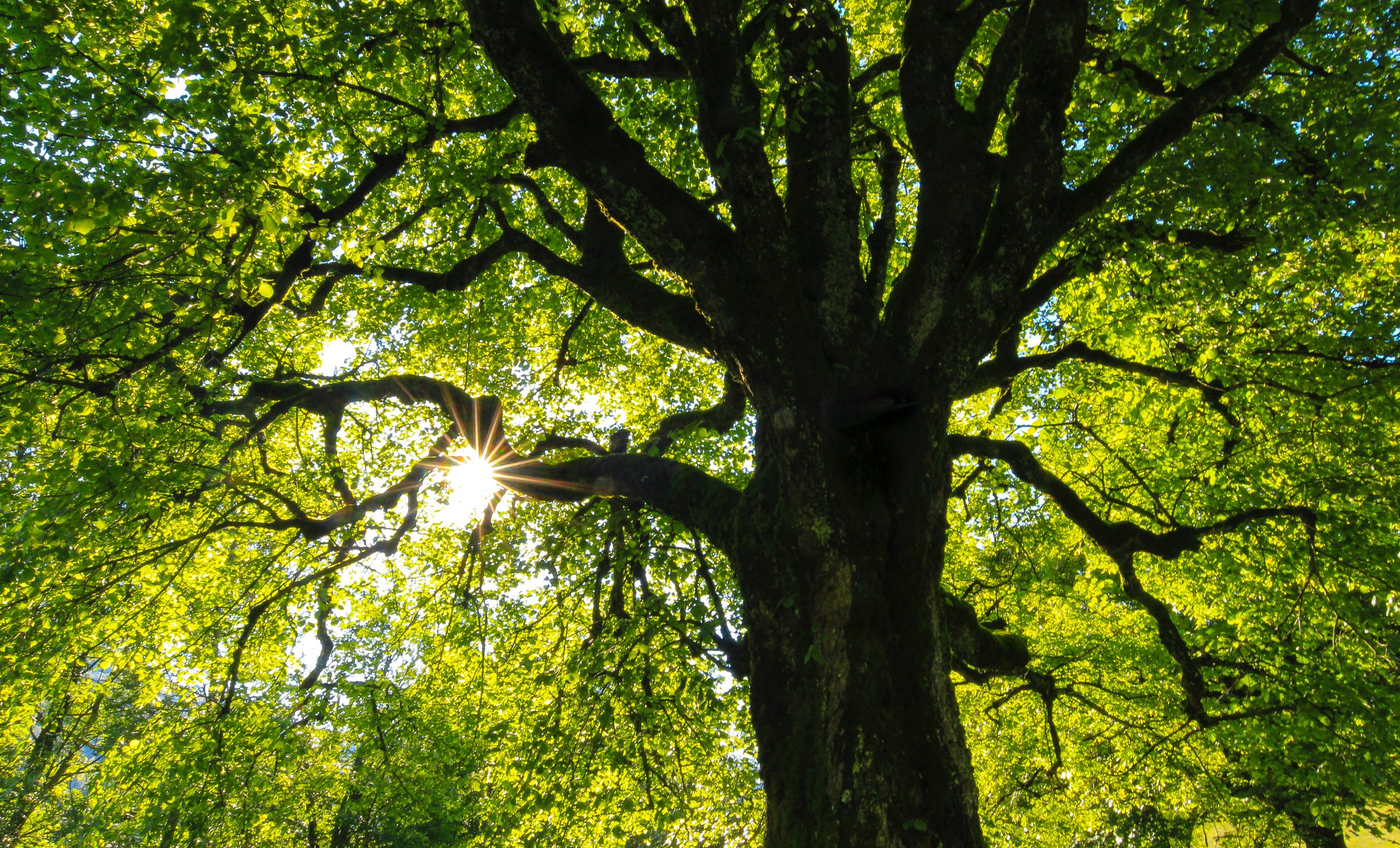Have you ever paused to ponder the remarkable nature of trees? These majestic beings, towering over us with their sprawling branches and rustling leaves, have been a source of fascination and wonder throughout human history.
But have you ever wondered: are trees alive? In this article, we will explore the captivating world of trees, their intricate anatomy, and the question of their living nature.
Anatomy of a Tree
To understand whether trees are alive, let’s first delve into their anatomy. Trees are complex organisms consisting of various interconnected parts that contribute to their growth, survival, and reproduction.
Understanding the anatomy of a tree will help shed light on the question at hand.
Living Components of a Tree
Trees are complex organisms composed of various living and nonliving components. At the core of a tree’s anatomy, we find the living parts that enable it to grow, reproduce, and respond to its environment.
These components include the roots, stem or trunk, branches, leaves, and buds.
Roots: Anchors and Absorbers
The roots of a tree play a crucial role in its survival. They anchor the tree in the soil, providing stability against wind and other external forces.
Additionally, the roots absorb water and nutrients from the soil, which are essential for the tree’s growth and metabolic processes.
Stem or Trunk: Support and Transport
The stem or trunk of a tree serves as its main support structure. It provides stability and carries the weight of the tree’s branches, leaves, and fruits.
The trunk also houses the tree’s vascular system, consisting of xylem and phloem tissues, which transport water, nutrients, and sugars throughout the tree.
Branches: Extensions and Photosynthesis
Branches are the tree’s extensions, spreading outwards to capture sunlight and facilitate photosynthesis. They are responsible for producing leaves, which are vital for the tree’s energy production through the process of photosynthesis.
The branches also provide structural support for the leaves and serve as conduits for water and nutrients.
Leaves: Energy Converters
Leaves are remarkable organs that capture sunlight and convert it into energy through photosynthesis. They contain chlorophyll, a pigment that harnesses the sun’s energy and converts carbon dioxide and water into sugars, releasing oxygen as a byproduct.
Leaves are crucial for a tree’s growth, as they enable the production of food and provide shade.
Buds: Growth and Development
Buds are the growing points of a tree. They contain compacted tissue that harbors new leaves, branches, or flowers. Buds are responsible for the tree’s growth and development, allowing it to adapt to changing seasons and environmental conditions.
Wood: Living or Nonliving?
Wood, a prominent feature of trees, is composed of dead cells. It forms from the accumulation of secondary xylem tissue, which provides structural support and conducts water and nutrients. While wood itself is nonliving, it is derived from living cells and is a product of the tree’s growth and life processes.
How Much of a Tree Is Alive?
When examining a tree, we can see that not all parts of it are alive. For instance, the bark, which serves as the protective outer layer, is composed of nonliving tissue.
However, beneath the bark lies a vibrant world of living components that enable the tree to thrive.
Is Wood a Living or Nonliving Thing?
Wood, a prominent feature of trees, is primarily composed of dead cells. It forms from the accumulation of secondary xylem tissue, which provides structural support and conducts water and nutrients throughout the tree.
Although wood itself is nonliving, it is derived from living cells and is a product of the tree’s growth and life processes.
When is Wood Considered Alive?
While wood is predominantly nonliving, there are instances where living processes occur within its structure. For example, the living cells responsible for conducting water and nutrients, known as the sapwood, are located in the outer layers of the wood.
Additionally, certain tree species have the ability to regenerate new layers of living wood, allowing them to heal wounds and continue their growth.
Can Trees Feel Things?
Trees lack specialized sensory organs like animals, so it’s challenging to determine if they have the ability to “feel” in the same way we do. However, trees do exhibit responses to their environment.
They can detect changes in light intensity, temperature, humidity, and the presence of other organisms, triggering adaptive responses. While their responses may be different from those of animals, trees have evolved mechanisms to perceive and interact with their surroundings.
How Do We Know Trees Are Alive?
While trees may not exhibit life in the same way animals do, they possess characteristics that indicate their living nature. Trees undergo metabolic processes, such as photosynthesis, where they convert sunlight, carbon dioxide, and water into energy-rich sugars.
They also respire, absorbing oxygen and releasing carbon dioxide. Furthermore, trees have a hierarchical cellular organization, with specialized tissues and organs that support their growth, reproduction, and response to stimuli.
Trees are indeed alive, albeit in their unique and fascinating way. From their roots to their branches, trees exhibit characteristics of living organisms, including metabolism, cellular organization, and the ability to grow and respond to their environment.
While they may not possess the same sensory experiences as animals, trees play a vital role in ecosystems, supporting diverse life forms and contributing to the health and beauty of our planet.

